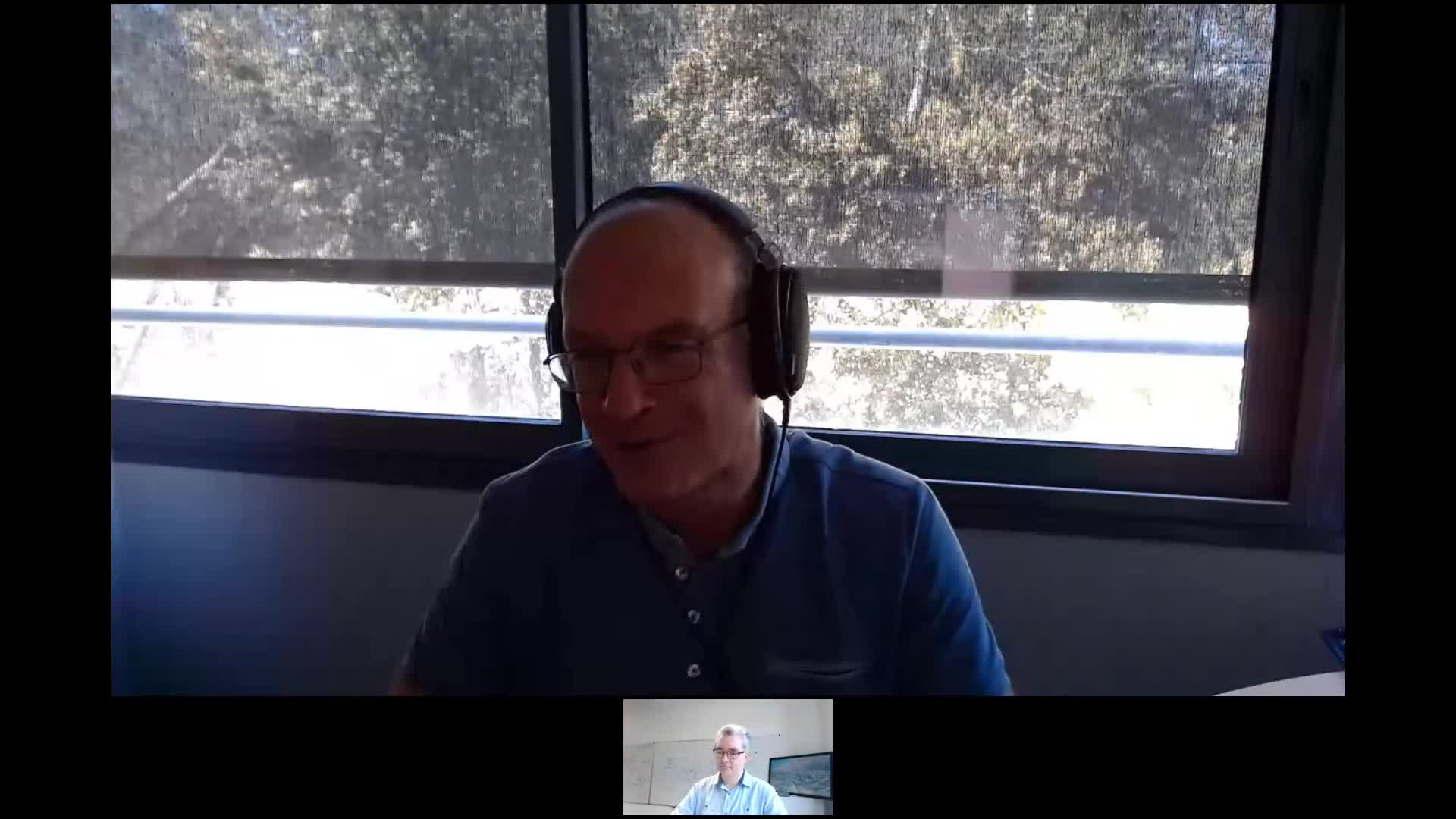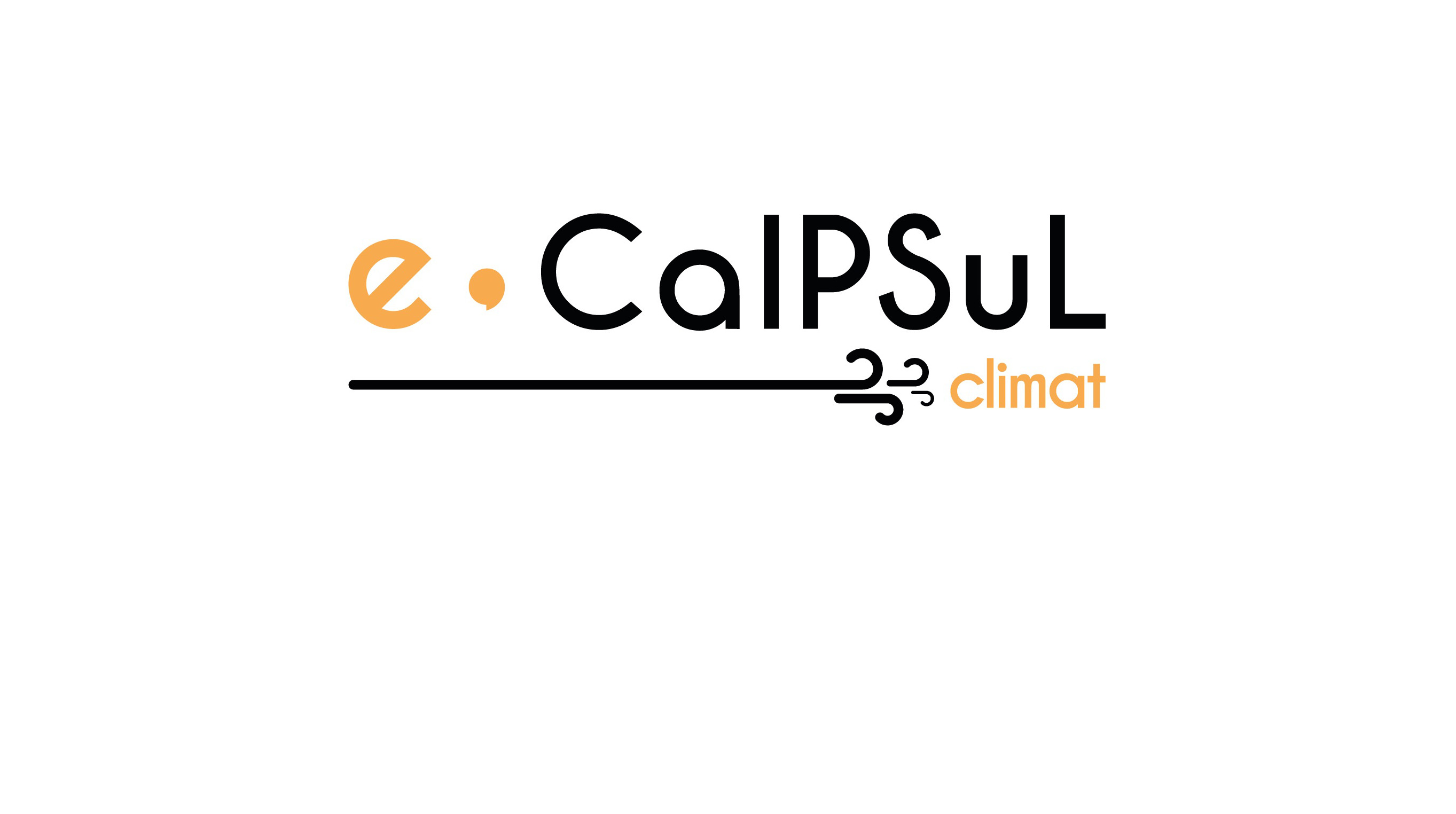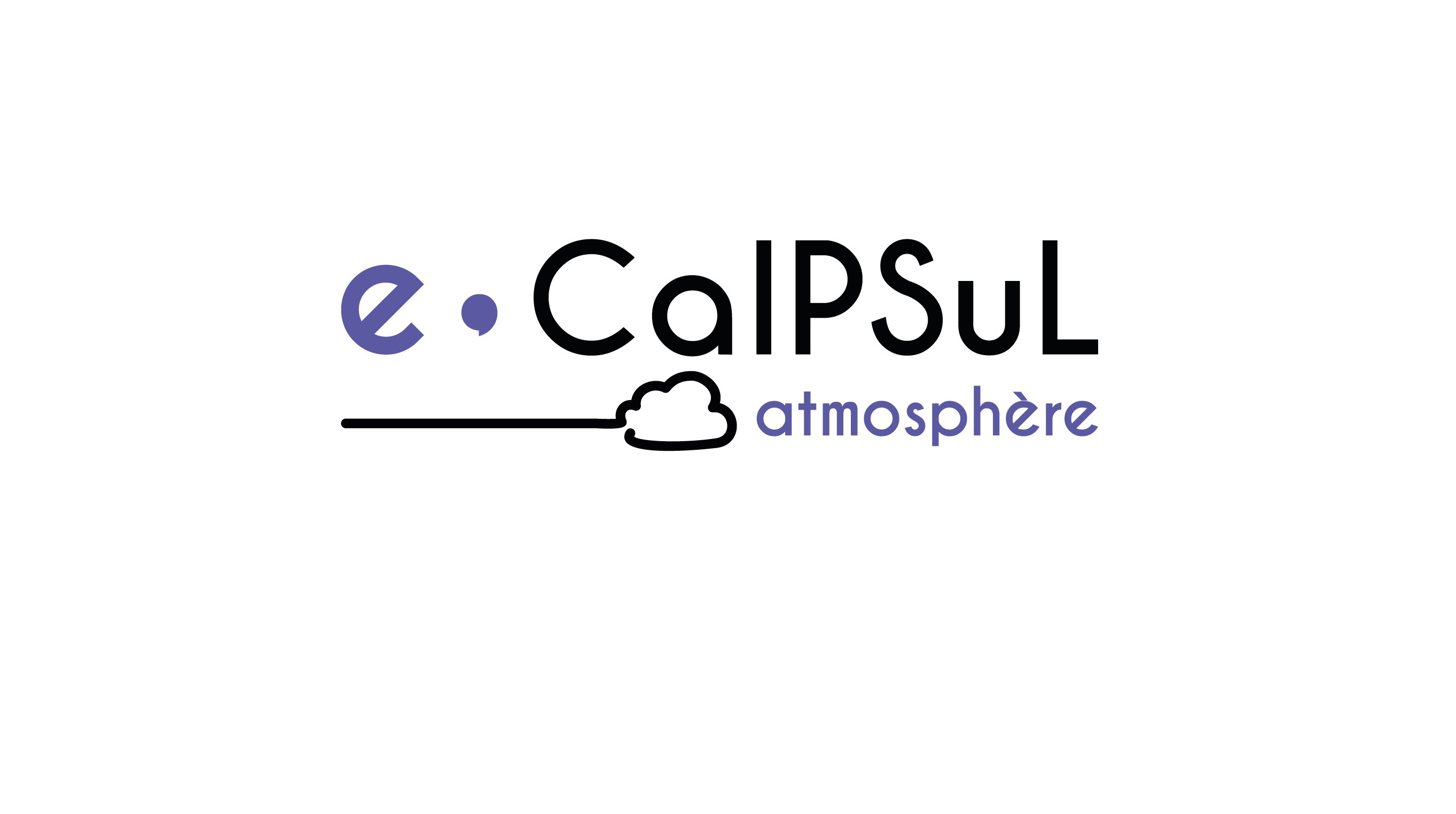Notice
La recherche par-delà les frontières
- document 1 document 2 document 3
- niveau 1 niveau 2 niveau 3
Descriptif
L’émission met en lumière les pôles d’excellence des trois Unités mixtes internationales (UMI) implantées au Québec : l’UMI du Centre de recherches mathématiques (UMI-CRM) de l’Université de Montréal qui s’intéresse à la recherche fondamentale et son application; l’UMI-Takuvik de l’Université Laval qui œuvre à mieux comprendre l'impact des changements climatiques et de l’industrialisation dans l’Arctique canadien; et l’UMI-LN2 de l’Université de Sherbrooke qui s’intéresse aux nanotechnologies et aux nanosystèmes.
Ces laboratoires de recherche universitaire favorisent la collaboration entre des chercheurs québécois et leurs homologues français du Centre national de la recherche scientifique (CNRS) en mission longue durée au sein des institutions québécoises.
Sur le même thème
-
Une molécule à calculer suffisamment complexe pourra-t-elle un jour penser ?
JOACHIM Christian
Ateliers doctoraux interdisciplinaires coordonnés par les membres de l'Institut Universitaire de France (IUF) de l'Université de Toulouse.
-
Vent et ville : atelier
GOFFETTE Charlotte
Charlotte Goffette propose aux participants un atelier pour tester in situ ses petits instruments de mesure sensible du vent.
-
Vent et ville
GOFFETTE Charlotte
Charlotte Goffette, chercheuse en design, anime une matinée consacrée à son travail sur le vent.
-
La recherche en milieu polaire (Dôme C, Antarctique)
VAUGLIN Isabelle
La base scientifique de Concordia, en Antarctique, accueille toute l'année des chercheurs et des chercheuses qui viennent braver les conditions extrêmes du pôle Sud pour scruter l'Univers. Le
-
Laplace, le climat et nous
DHOMBRES Jean
LE TREUT Hervé
avec Hervé Le Treut (climatologue) et Jean Dhombres (historien des sciences)
-
Cycle du carbone et émissions anthropiques
BOPP Laurent
Une présentation consacrée aux effets de l'action anthropique sur le cycle du carbone depuis le milieu du XXe siècle et les conséquences qui en découlent sur le climat.
-
21 Molecular Algorithms Using Reprogrammable DNA Self-Assembly
WOODS Damien
The history of computing tells us that computers can be made of almost anything: silicon, gears and levers, neurons, flowing water, interacting particles or even light. Although lithographically
-
le resilience assessment framework, un outil de diagnostic pour les villes et les secteurs s…
Par Maria Adriana Cardoso, chercheuse au Laboratoire du Génie Civil du Portugal, accompagnée de Maria João Telhado, Cheffe de division Environnement et énergie, Municipalité de Lisbonne dans le cadre
-
Atmospheric chemistry, pollution and climate change - Solène Turquety
How do atmospheric pollutants impact on the climate? What is the radiative impact of aerosols? Budget of the radiative impacts. What is the benefit to the climate of improving air quality? What
-
Renewable Energy and Climate Change - Riwal Plougonven
What does the IPCC (Intergovernmental Panel on Climate Change) recommend in terms of emissions for the decades to come? What are our sources of energy? How quickly has the breakdown of these primary
-
Weather extremes and climate change - Philippe Drobinski
How do weather conditions vary? What are extreme weather events? How do we define weather extremes?
-
Physical Chemistry of Atmospheric Pollution - Juan Cuesta
What are the most harmful air pollutants? What are the main impacts of these pollutants on health and the environment? What are the sources of these two major pollutants? What about ozone pollution










